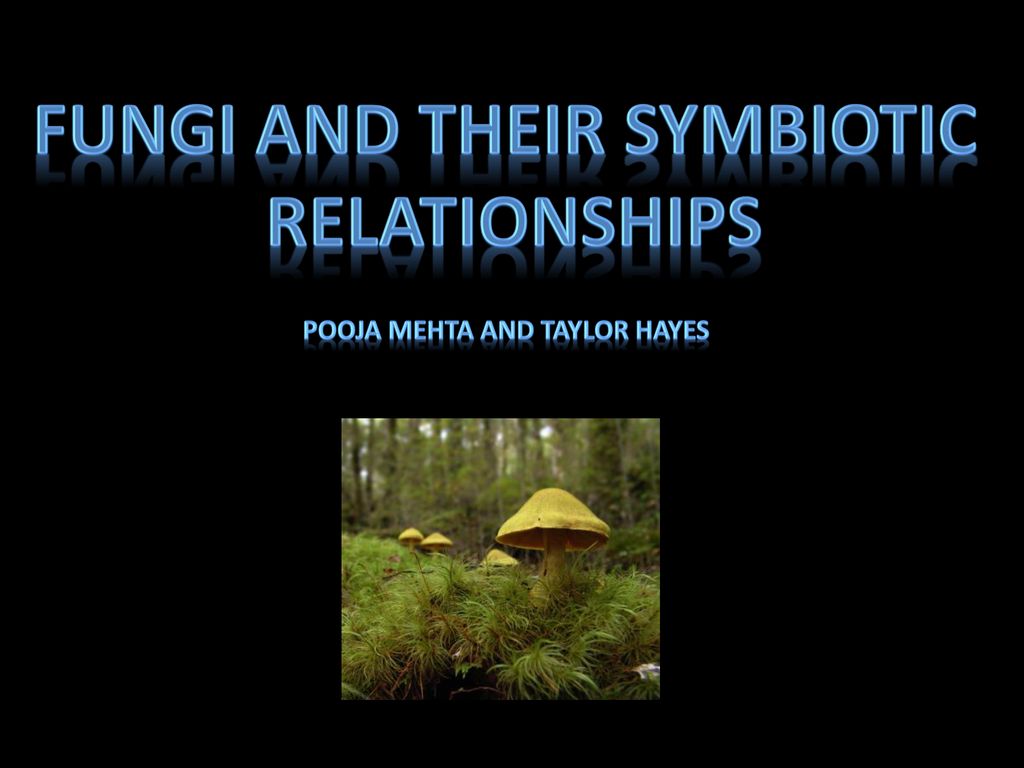Fungi are an integral component of various ecosystems, playing vital roles that extend far beyond their identity as simple decomposers. Their capability to form intricate symbiotic relationships with both plants and animals underscores their ecological significance. These relationships facilitate nutrient exchange, bolster resilience against environmental stressors, and enhance biodiversity. Understanding how fungi create and maintain these symbiotic relationships unveils the complexity of ecological interactions and indicates their profound implications for ecosystem health.
The Nature of Symbiosis: Definitions and Types
Symbiosis refers to the prolonged interaction between species, characterized by a variety of relationships ranging from mutualism to commensalism and parasitism. In mutualistic symbiosis, both species derive benefits, whereas in commensalism, one species benefits without affecting the other, and in parasitism, one species benefits at the expense of another.
Fungi primarily engage in mutualistic relationships, most notably through two forms: mycorrhizal associations and lichen formations.
Mycorrhizal Associations: The Underground Networks
Mycorrhizal fungi establish symbiotic relationships with the roots of approximately 90% of terrestrial plants. These associations are characterized by the formation of mycorrhizae, which enhances the plant’s ability to absorb water and essential nutrients, such as phosphorus and nitrogen, from the soil. In return, the fungi receive carbohydrates and organic compounds synthesized during photosynthesis, thus facilitating their growth and reproduction.
The two primary types of mycorrhizal associations are ectomycorrhizae and arbuscular mycorrhizae. Ectomycorrhizae, predominantly formed by fungi from the Basidiomycota and Ascomycota divisions, surround the root tips of host plants and form a dense mantle. This structural arrangement assists in the nutrient exchange while protecting the plant against soil pathogens.
In contrast, arbuscular mycorrhizae penetrate the cortical cells of the roots, forming specialized structures known as arbuscules. These structures maximize interfacial surface area, enhancing nutrient absorption efficiency. Research has demonstrated that plants associated with arbuscular mycorrhizal fungi exhibit increased growth, heightened resilience to drought, and improved resistance to root diseases.
Furthermore, the mycorrhizal network facilitates communication between plants, often referred to as the “wood wide web.” Through this network, plants can exchange nutrients and signaling molecules,70 bolstering the overall health and adaptability of forest ecosystems. The implications of this interconnectedness, particularly in terms of competition and cooperative behaviors among plant species, warrant further exploration.
Lichens: A Marvel of Mutualism
Lichens are unique symbiotic entities comprising a fungal partner, generally from the Ascomycota division, and a photosynthetic partner, such as algae or cyanobacteria. The fungal component provides a protective environment, shielding the photosynthetic organisms from desiccation and UV radiation. In return, the photosynthetic partner contributes carbohydrates through photosynthesis.
This remarkable symbiosis enables lichens to inhabit extreme environments, including arctic tundras, deserts, and rocky surfaces, where their resilience directly contributes to ecosystem function. They are pioneers in colonizing barren landscapes, facilitating soil formation, and contributing to nutrient cycling as they decompose.
Lichens also play crucial ecological roles as bioindicators of environmental health, particularly in relation to air quality. Their sensitivity to airborne pollutants renders them effective monitors of atmospheric change, thereby serving as vital indicators for conservation efforts.
Fungi and the Rhizosphere: A Nexus of Activity
The rhizosphere, the interface between plant roots and soil, serves as a vital arena for fungal activity. Fungi engaged in this intimate zone play essential roles in nutrient availability, organic matter decomposition, and soil structure enhancement. Their interactions with soil microorganisms create a dynamic community that sustains plant health and productivity.
Research has shown that fungi contribute to soil aggregation, enhancing its structure and fertility. Through their hyphal networks, fungi bind soil particles together, leading to improved water retention and aeration. This fungal-mediated soil structure significantly influences plant growth patterns, nutrient cycling, and overall ecosystem productivity.
Moreover, the presence of beneficial fungi in the rhizosphere can suppress pathogenic organisms, facilitating a healthier growing environment for plants. This biocontrol aspect of fungal symbiosis is particularly pertinent in sustainable agriculture and pest management, promoting ecological balance, and minimizing chemical inputs.
Implications for Ecosystem Dynamics
The symbiotic relationships that fungi form within ecosystems have widespread implications for biodiversity and ecological resilience. By fostering robust mycorrhizal networks, fungi enhance plant diversity through improved nutrient access, subsequently influencing herbivore populations and predator-prey dynamics. These intricate interdependencies shed light on the importance of maintaining mycorrhizal associations to preserve ecosystem functionality.
Additionally, fungi’s ability to adapt to environmental changes, such as shifting climatic conditions or habitat fragmentation, underscores their importance in ecosystem stability. Their resilience as symbiotic partners highlights the need for conservation strategies that acknowledge and protect fungal diversity.
In light of global environmental challenges, such as climate change and habitat destruction, understanding the roles of fungi in symbiotic relationships emphasizes their contributions to sustainable ecosystem management. This comprehension can guide restoration efforts, enhance agricultural practices, and foster more sustainable interactions with natural environments.
Conclusion: The Indispensable Role of Fungi in Ecosystems
Fungi are not merely passive decomposers; they are dynamic participants in ecological webs, forming complex symbiotic relationships that sustain life. Mycorrhizal associations and lichens exemplify their capability to facilitate nutrient exchange, bolster resilience, and enhance biodiversity. The intertwined existence of fungi with plant and animal life stresses the necessity of incorporating fungal ecology into conservation strategies and ecological studies.
The ongoing exploration of fungal symbiosis opens up new avenues for scientific inquiry, challenging our perceptions of organism interactions and the intricacies of ecosystem dynamics. As we unearth the full depth of these relationships, we appreciate fungi’s invaluable contributions to maintaining ecological balance and supporting life on Earth.
